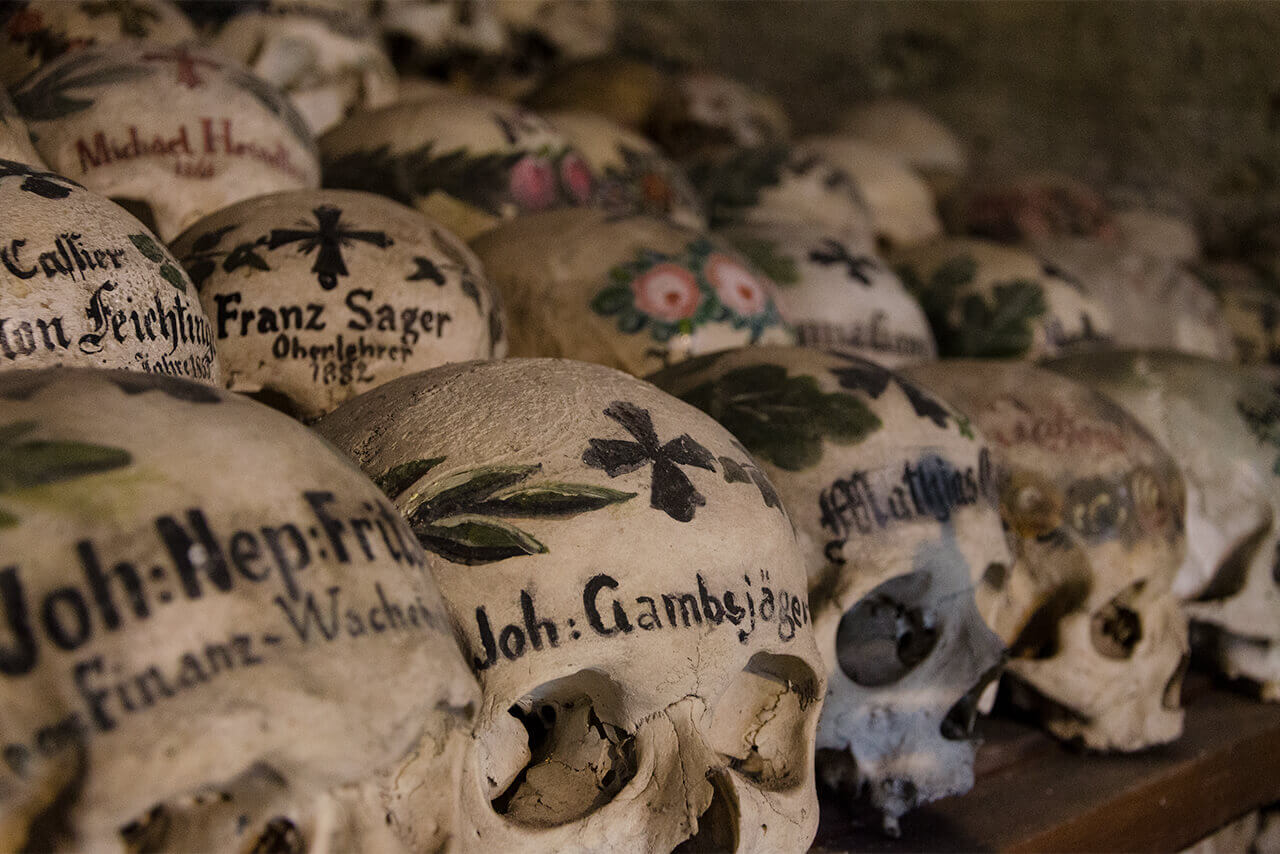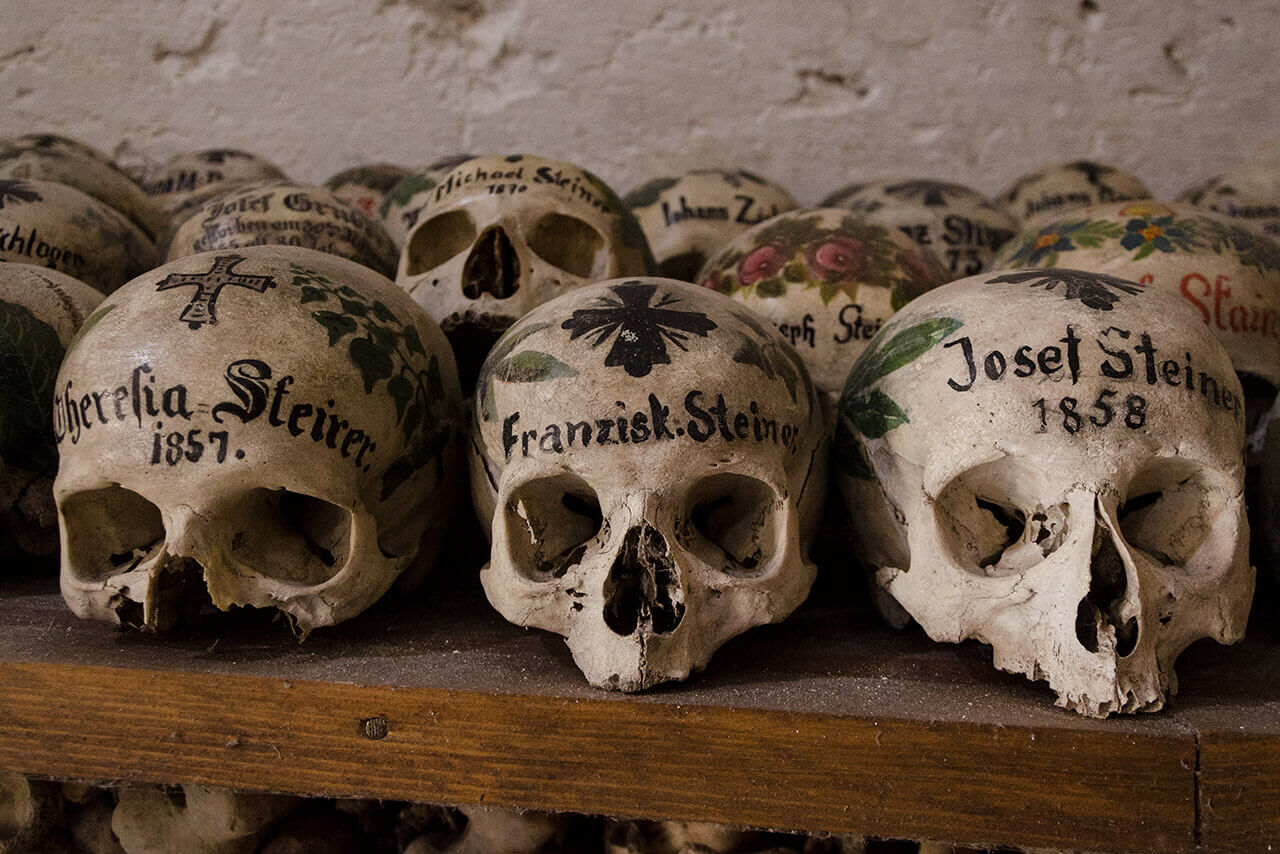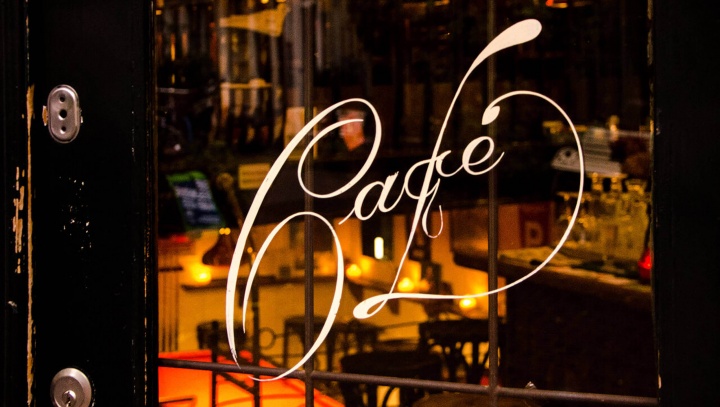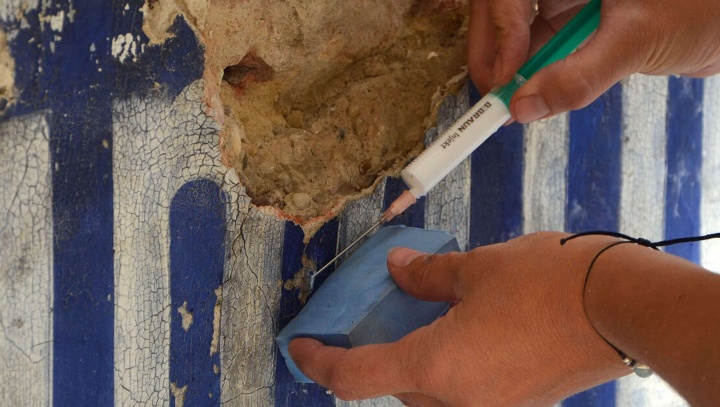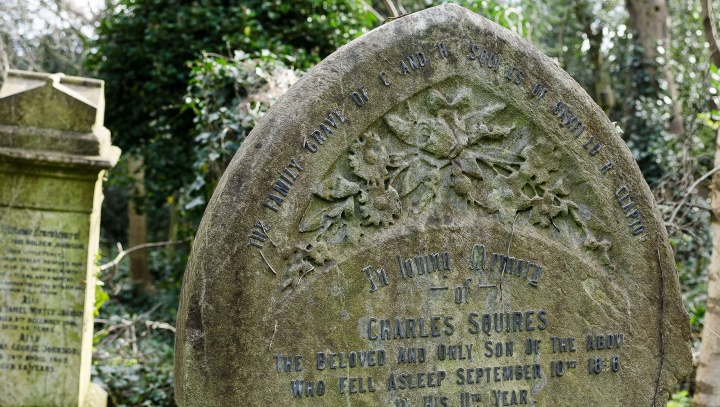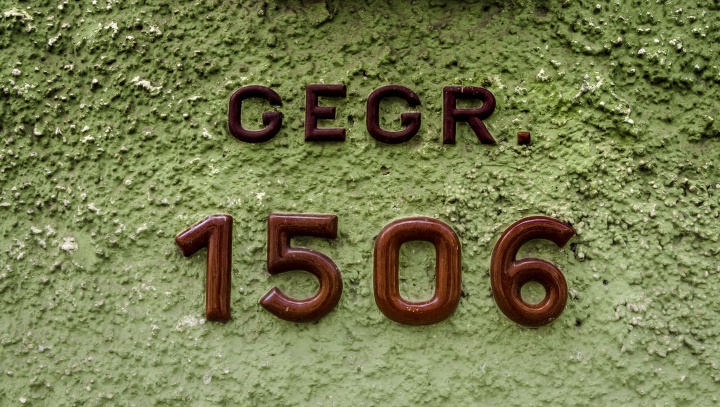Hallstatt 47°33'49.5"N 13°38'56.6"E
Hand painted skulls
in the charnel house of Hallstatt
The houses in the village of Hallstatt in the Salzkammergut region huddle close together along the narrow strip of shoreline between Lake Hallstatt and a steep mountain slope. Hallstatt’s rich salt deposits have been exploited by mining since 1,500 BC. Hallstatt became a UNESCO World Heritage Site in 1997.
During the last few years Hallstatt has become the epitome of overtourism: recently the town with its 750 inhabitants recorded around 900,000 visits per year. Since a mirrored replica was opened near Hong Kong in 2012, Chinese in particular want to visit the original site.
None of this was noticeable in May 2020. Due to the Covid-19 lockdown Hallstatt was almost completely extinct.
None of this was noticeable in May 2020. Due to the Covid-19 lockdown Hallstatt was almost completely extinct.




Space is a rare commodity on the mountain slopes in Hallstatt. This also applies to the Catholic cemetery, which is located in a small area around the church. According to the cemetery regulations, graves can be opened again if there is a lack of space and a kind of second burial can be carried out in the charnel house just behind the church. For this purpose the bones are exhumed, bleached and then decorated.
With the painting and inscription of the skulls the identity of the deceased was preserved. Although this did not happen often in recent years, 610 painted skulls are now stacked in the only charnel house where the bones of entire generations are completely preserved. This is not only the largest collection of skulls in Europe, but also the only painted skulls in the world.

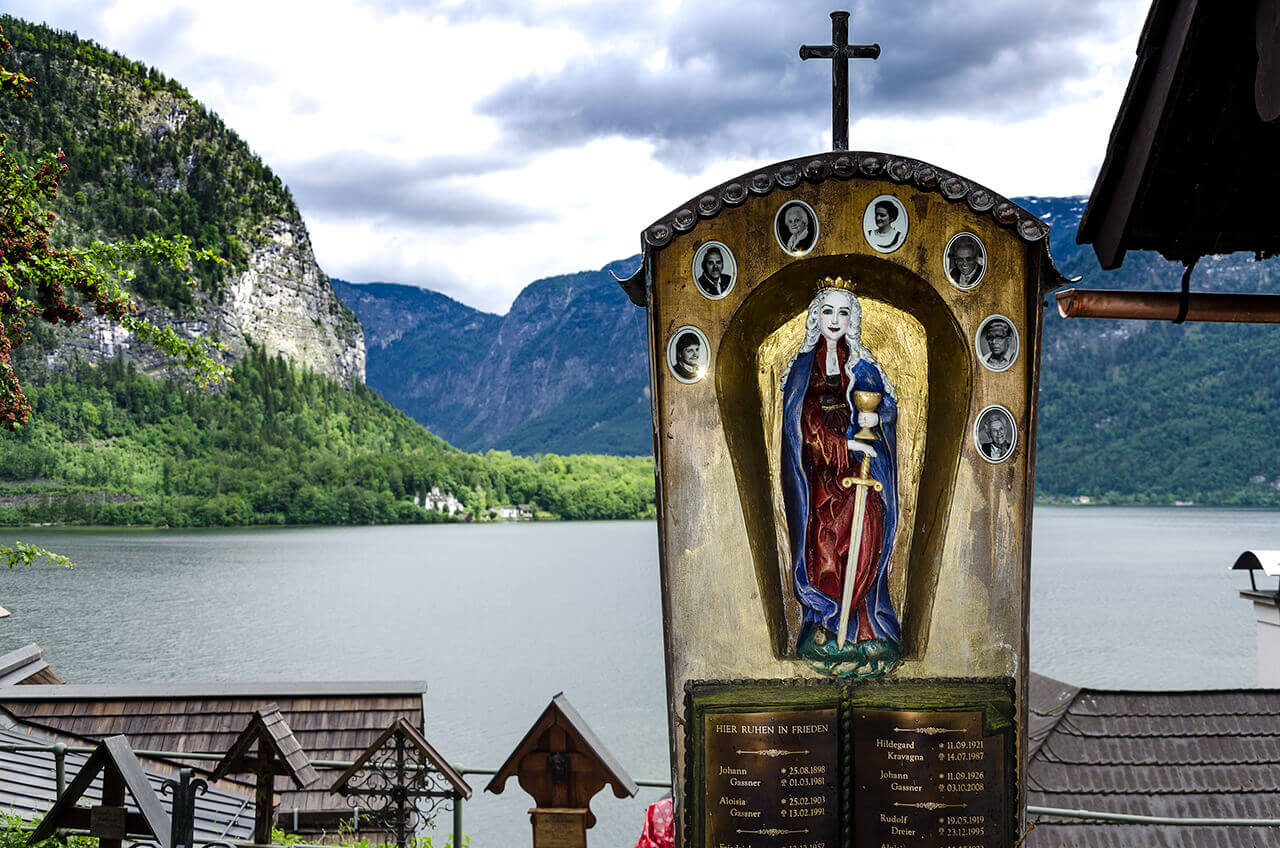






Most of the skulls in Hallstatt were painted between 1780 and 1900, and the way they were painted was subject to fashionable trends. Skulls with simple wreaths are the oldest, narrow wreaths and colored crosses with outlines represent the most recent style. Flower ornaments on the forehead and later green leaves on the temples – mostly oak, ivy or oleander – and black crosses in the middle of the forehead were also popular.
On the forehead of the skull, the first name and surname of the person are usually written above the date of birth and the date of death, often supplemented by the professional title (senior wound doctor, cassa controlor). A skull from 1983 is decorated with a contemporary snake motif. It also testifies to the honesty of the village community: the gold crown and inlay are clearly visible on the teeth.





